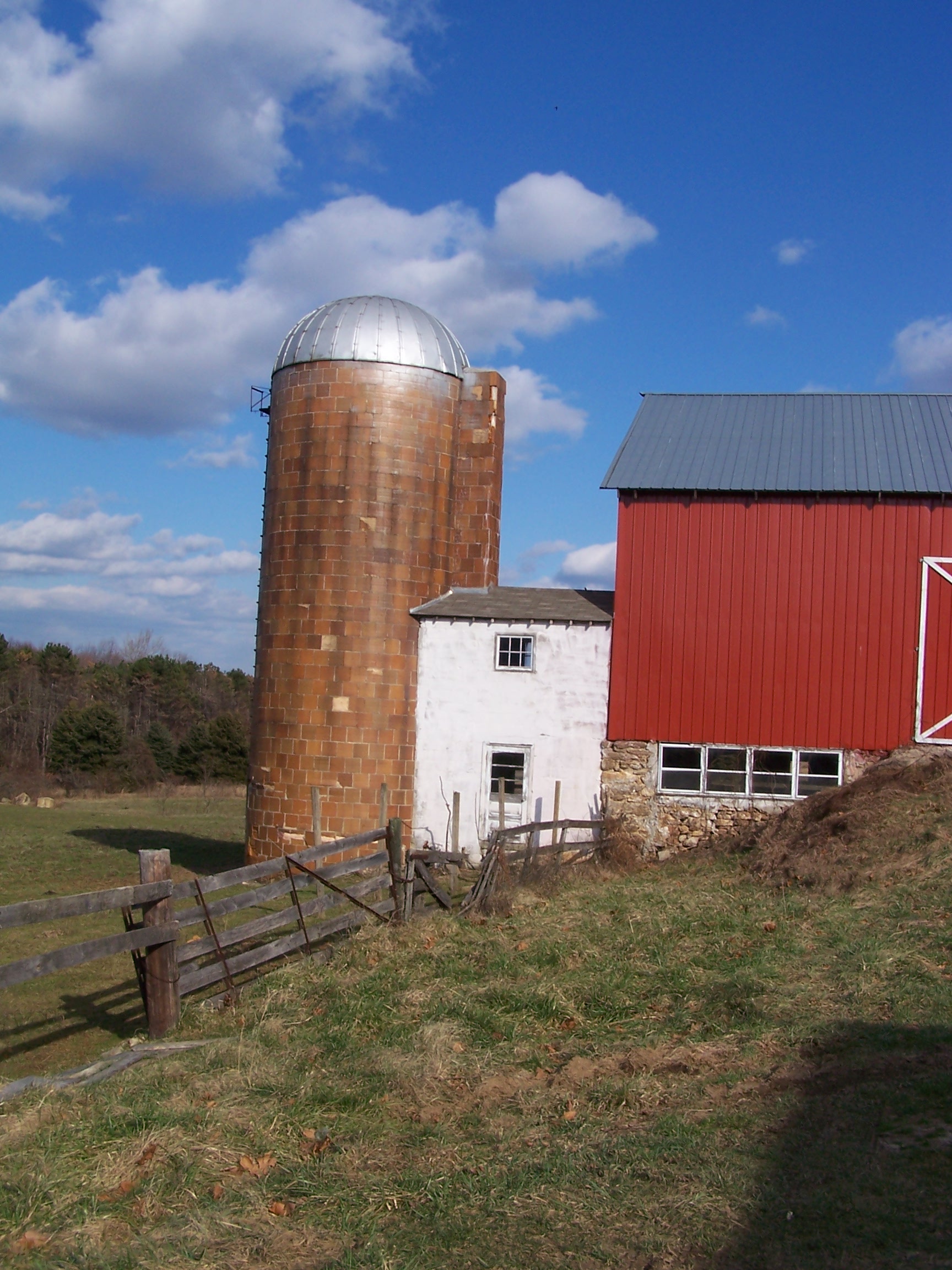The Maryland Agricultural Land Preservation Foundation (MALPF), a unit of the Maryland Department of Agriculture, is the core State agricultural land preservation program. The Foundation was created more than thirty years ago to implement one of the first statewide farmland preservation programs in the country, and one of the most successful. Agricultural land preservation easements that forever restrict development on prime farmland and woodland have been used in all of Maryland’s counties.
MALPF has helped landowners permanently protect from development more than 280,460 acres on almost 2,100 farms.
The Mission
 The Foundation’s mission is to maintain a viable agricultural industry and help curb sprawl development by preserving a critical mass of Maryland’s productive farmland through the use of agricultural easements that forever restrict development on prime farmland and woodland.
The Foundation’s mission is to maintain a viable agricultural industry and help curb sprawl development by preserving a critical mass of Maryland’s productive farmland through the use of agricultural easements that forever restrict development on prime farmland and woodland.
The program focuses on protecting the best quality farms and builds on existing preservation areas to increase the size of contiguous blocks of preserved farmland.
MALPF has strong support from the Governor’s Office, the General Assembly, the agricultural community, and Maryland’s citizenry. Because of this program, Maryland has preserved more agricultural land in perpetuity than any other state in the country.
Current Status
The General Assembly set a goal of preserving 1,030,000 acres by the year 2022. That is not likely to happen with the current level of funding, but landowner interest in MALPF remains high in the event funding should improve. The number of applicants willing to sell their development rights increases each year. In the most recent cycle (Fiscal Years 2011/2012), the Foundation limited the number of applications as a cost-savings measure, but there were still 200 applications covering 23,252 acres in 21 of the 23 counties.
Continued support for agricultural land preservation is critical to the future of farming in Maryland and as an antidote to sprawl development. Once prime farmland is lost to development, it is unlikely to ever return to productive agricultural use.
Learn more about MALPF here or from the Maryland Department of Agriculture.